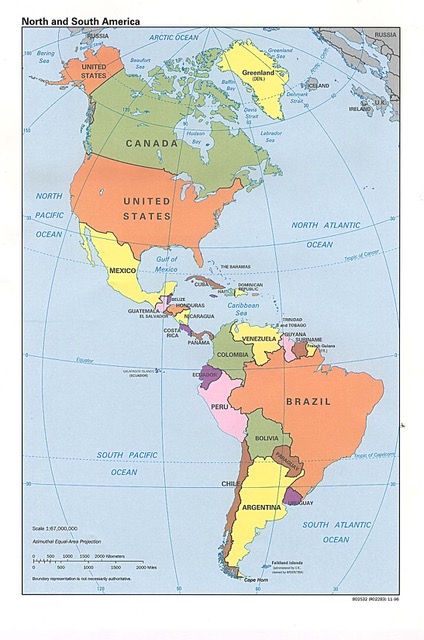Editor’s note: As the Eagle Flies is Berkshire County’s travel log regularly featuring the knowledge and experience of Ramelle Pulitzer, co-owner of Lee-based New View Tours. “In this column,” Pulitzer said, “I look forward to writing about regions I have visited and learning from you, the readers, about places that have been enjoyable and even meaningful to you. In this way, from our armchairs, we will be able to see what we might discover together — from our respective views right here at home in the Berkshires.”
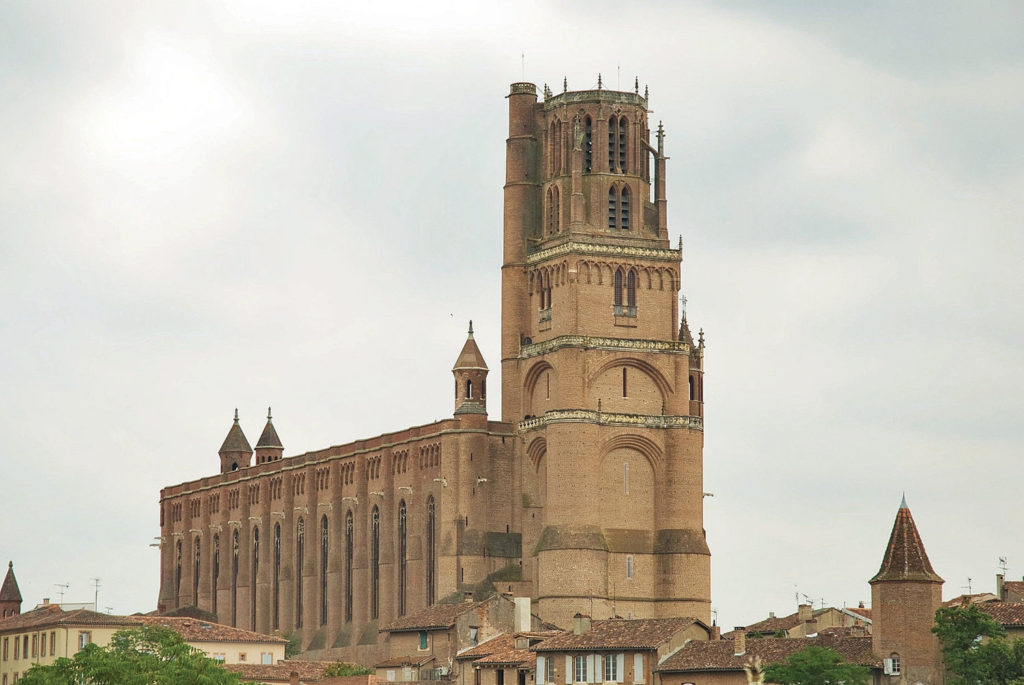
Sainte-Cecile in Albi, France. A good book can change your perception as you travel. For example, this landmark cathedral in France was Edith Wharton described it thusly: “Against the blinding blue, rose the flanks of the brick cathedral, like those of some hairless pink monster that had just crawled up from the river to bask on the cliff.”
Do you have a favorite spot on the globe you’d like to share with the Berkshires? Let us know. Contact Ramelle Pulitzer at Ramelle@newviewtours.com or BBI editor Kristin Palpini at business@berkshireeagle.com.
Are you the traveler who likes to read up on an area before you start your journey? Or do you roll up three of each wardrobe essential and off you go?
Either way, you’ve got a couple of questions to consider to maximize your time away:
How will you communicate in a foreign country?
And what are you going to read on the way there to keep yourself learning and engaged in the experience?
First: Let’s talk language
Going to a foreign land without understanding a word of the language is really quite common now.
Travel companies have bilingual guides planned and waiting for you at arrival, day or night. You travel with safe, certified transfer drivers. English is the language of business across the globe.
Additionally, with apps and maps, navigation and simple words are quite possible to keep at your fingertips. Navigate through the streets of a small city on foot; get directions out of a new area with clear warnings of the traffic. Without any familiarity with the language, use a translate app to read, to listen and even to write out those sticky difficult words by typing or writing on the tablet screen. This comes in handy for reading menus, deciphering directions and finding those vocabulary words you might not have in your phrase book.
Wall plaques at museums look interesting? Not a problem with an app.
Remember traveling with those little dictionaries not very many years ago? They seem like excess baggage today!
ARTICLE CONTINUES AFTER THESE ADS
And what to read?
I make an effort to download a travel book or two on my phone and tablet before leaving. I also have a list of titles provided by my host or from my last-minute online searches. Still, having at least one real book and a magazine or two can be invaluable. Wi-Fi access when first entering a country is usually awkward at best.
My favorite type of books to travel with are ones about various types of transportation leading to a unique view of a country. I am headed to southwest France and I found my local library helpful.
Here are two books I’ll take:
1.) Edith Wharton’s “A Motor-Flight Through France” (1908) comes to mind. (Available online, too, as the copyright has expired.) In the time of the Lenox author, most people traveled by train, so the common travel story would begin from that view. Wharton’s writing was unique for its emotional description of landscapes and her immediacy in capturing what she saw as explosions of scenery. Upon arriving in Albi, she sees the town’s landmark Sainte-Cecile and dubs the sprawling, red-brick, Gothic cathedral as a monster beast!
2.) The “Discovery of France” (2007) by Graham Robb has been called a historical geography — from the Revolution to World War I — as seen from “the saddle” of Robb’s bicycle.
The British author and critic traveled thousands of miles in France followed by four years of research after a career teaching French history.
Having made many trips in fits and starts on holidays and quick research trips, Robb determined that the view from his bicycle would be a way to bridge a gap “between knowledge and experience” and truly know the country. He explains that France is made up of overlapping provinces that had not even been mapped in their entirety by 1900. He saw a land in which “mule trains coincide with railway trains and where witches and explorers were still gainfully employed.”
His topics vary from contemporary “secrets” of humiliations by the French regime to an account of small towns in which each has a museum of “daily life” with descriptions of popular food production and arts traditions. His chapter on the treatment of animals includes how dogs were a part of the household, yet were working animals as they pulled heavily-laden carts until they were spent; thus providing utility and relief to their owners.
Robb claims the book shows how much more there is to be discovered in an old place. And I, for one, find myself inspired by his view.
I intend to explore and have a good look around with the open eyes of Edith Wharton and Graham Robb, among others, when I get to France.

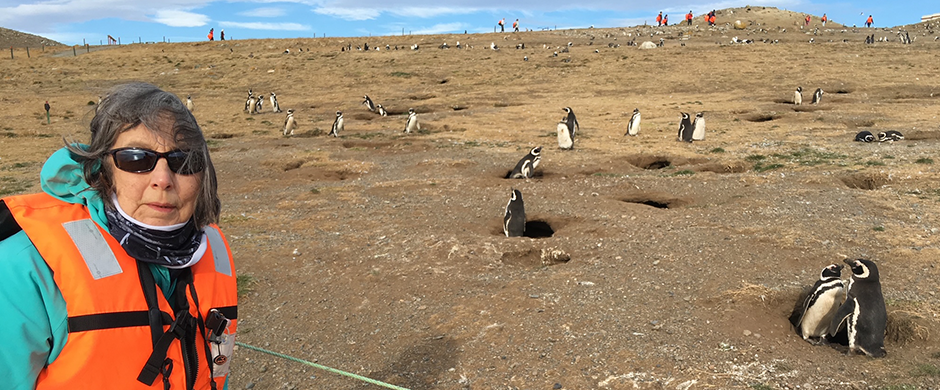

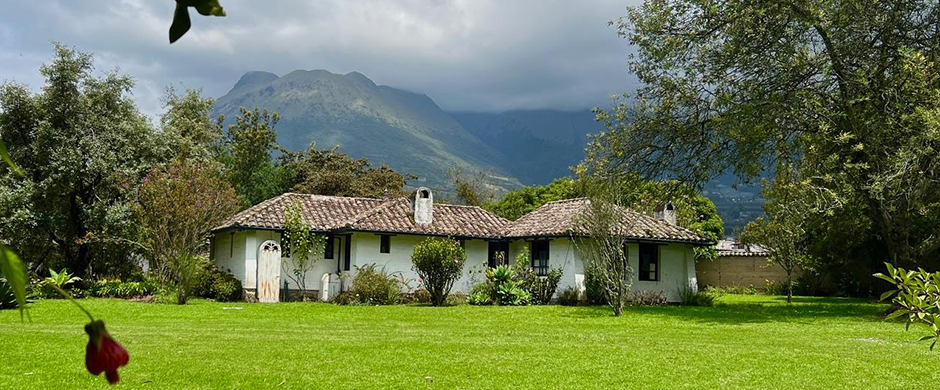

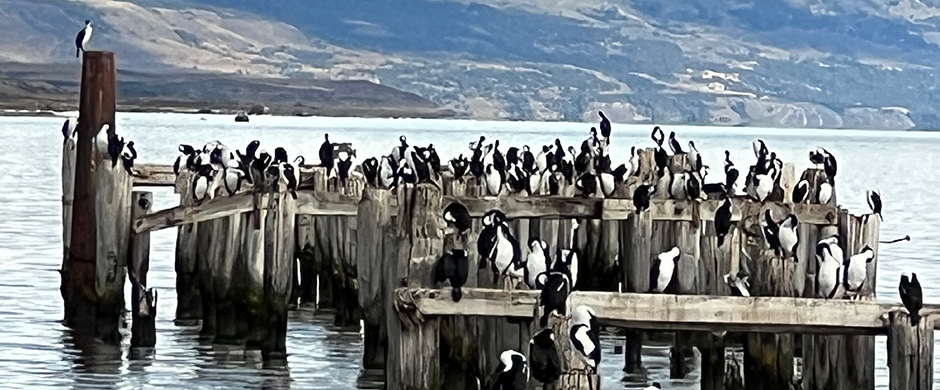
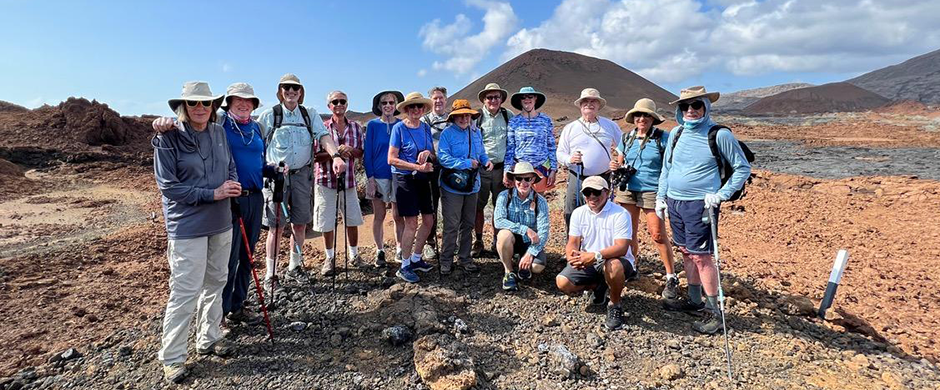

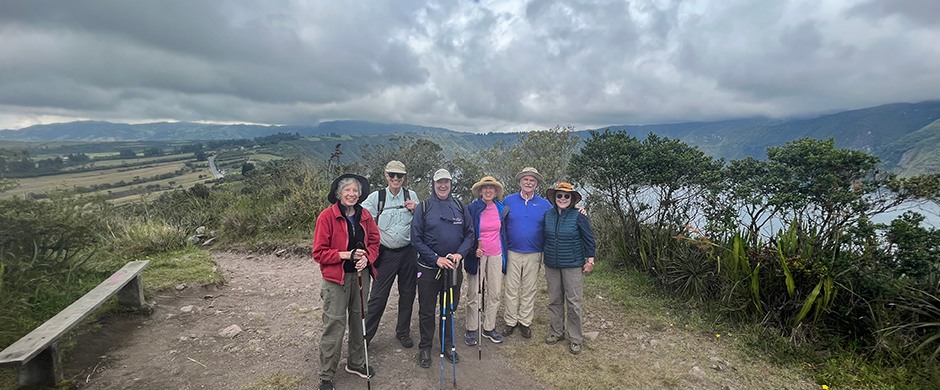
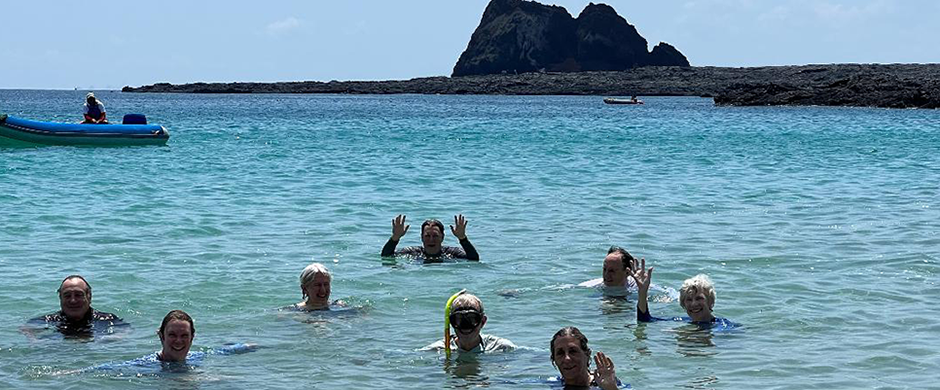
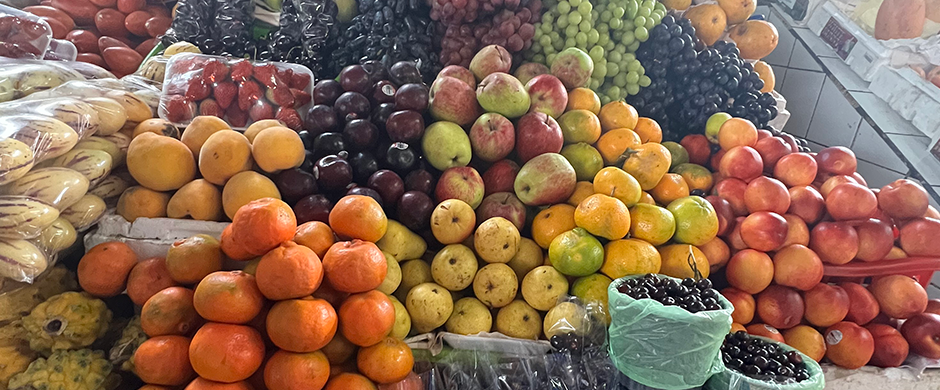
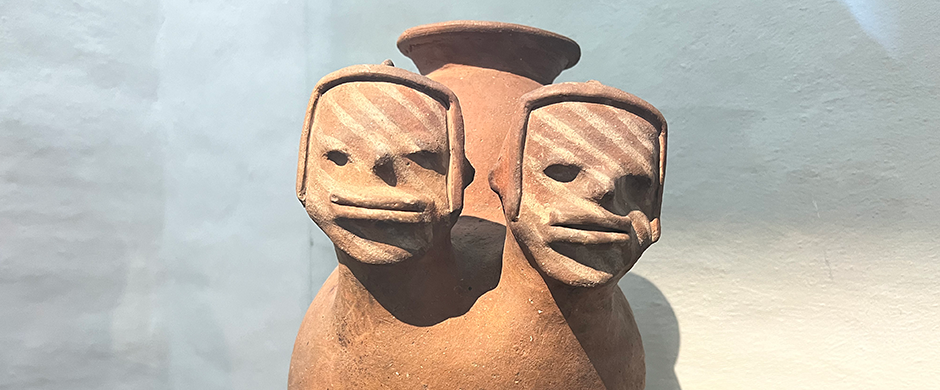
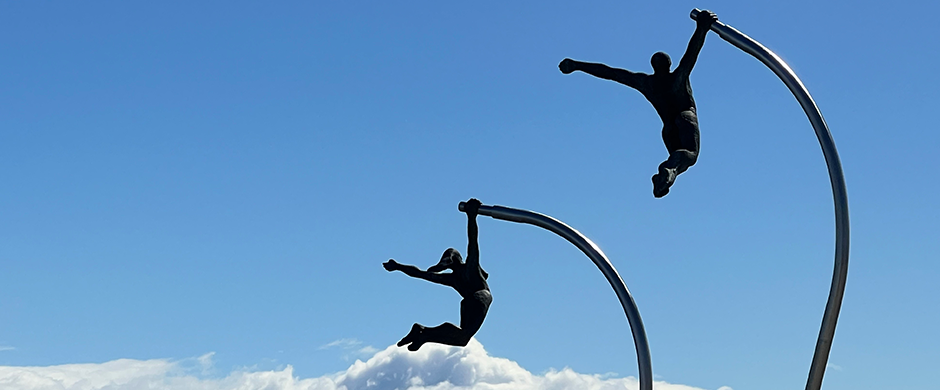
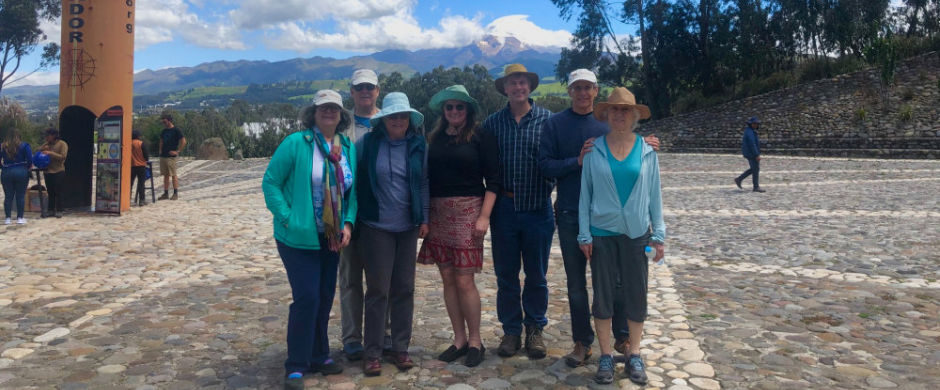
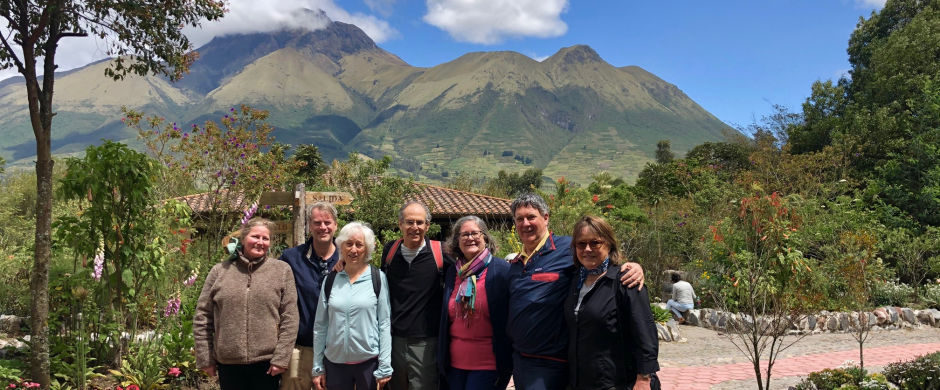
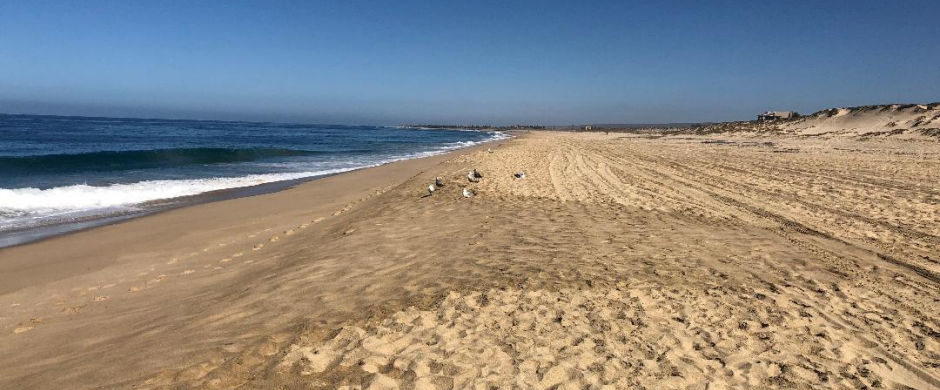
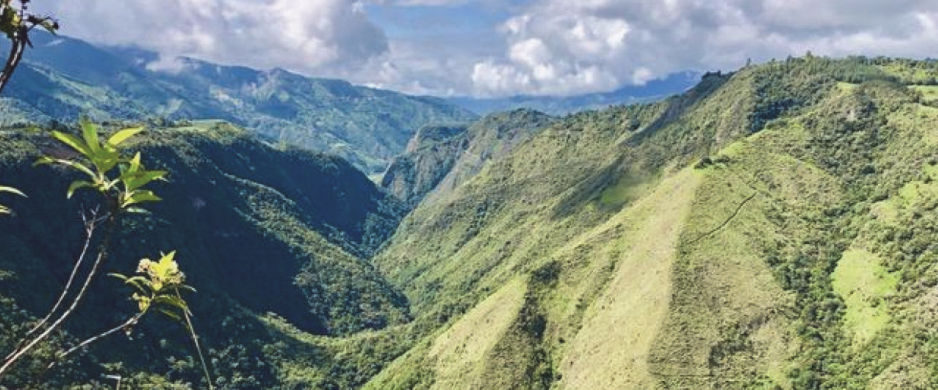
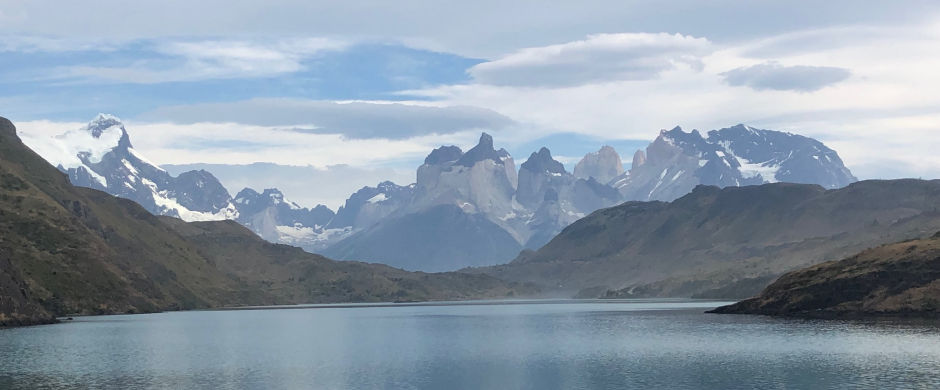
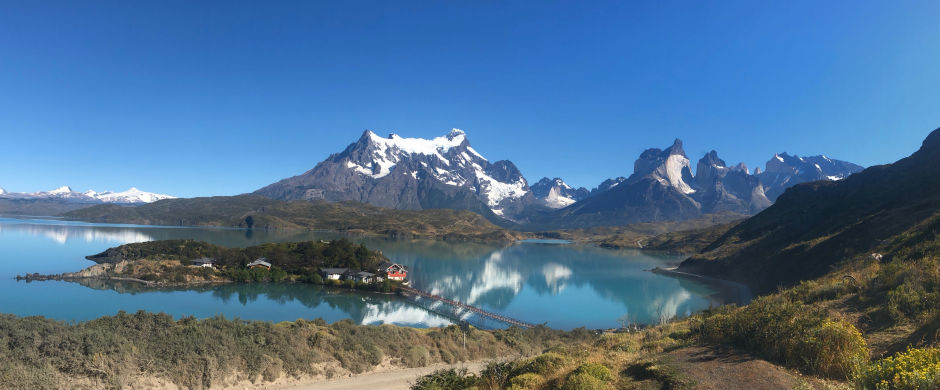
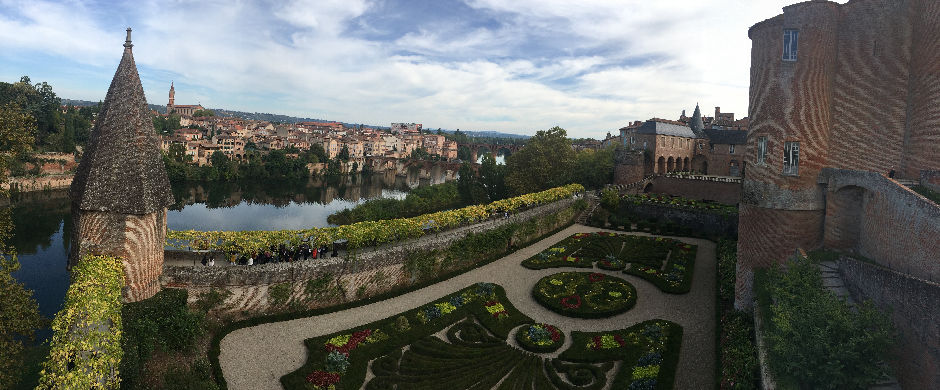
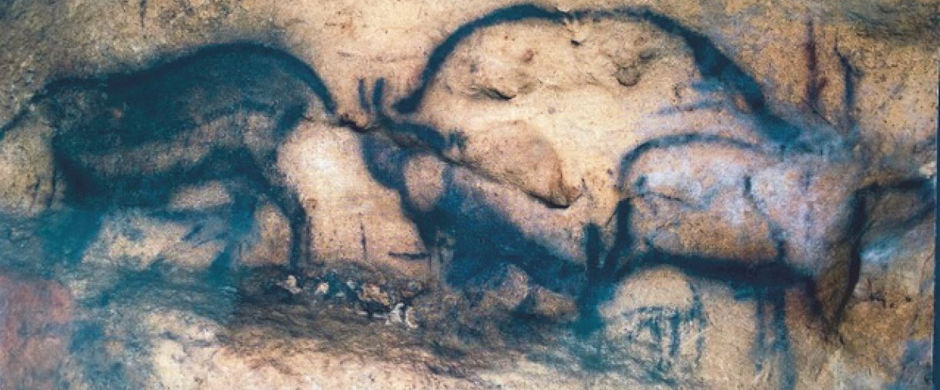





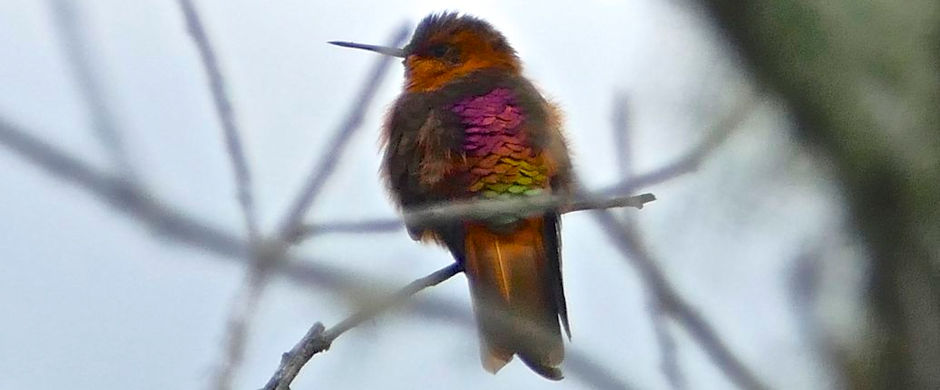


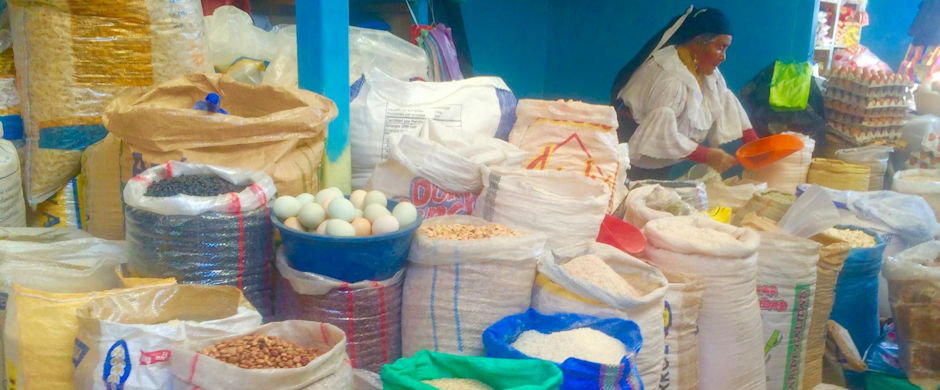

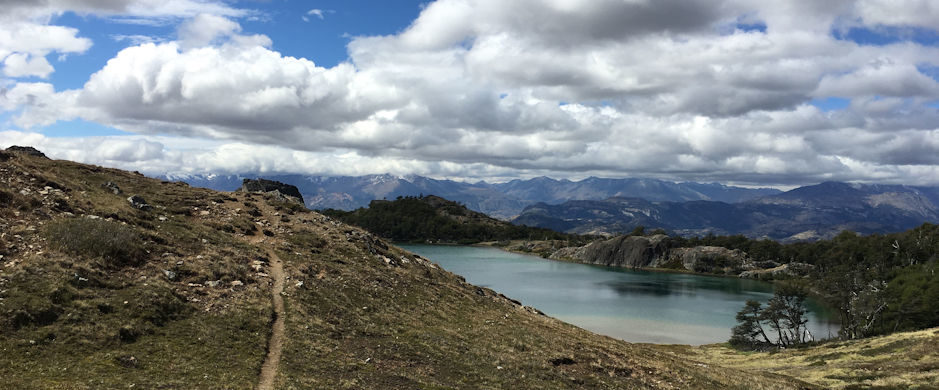
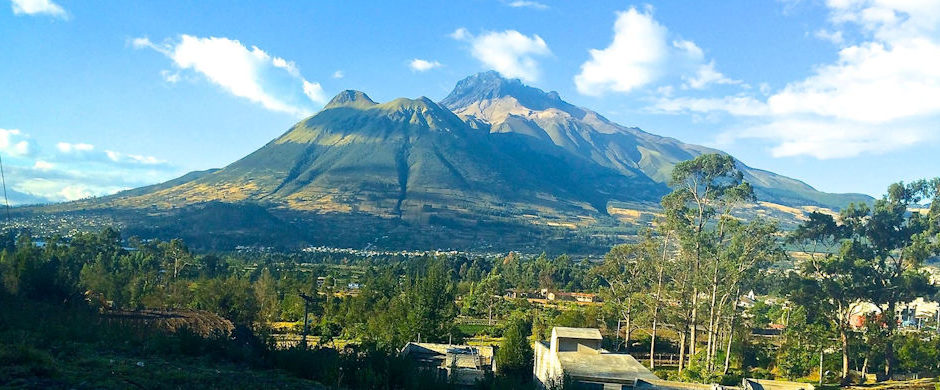

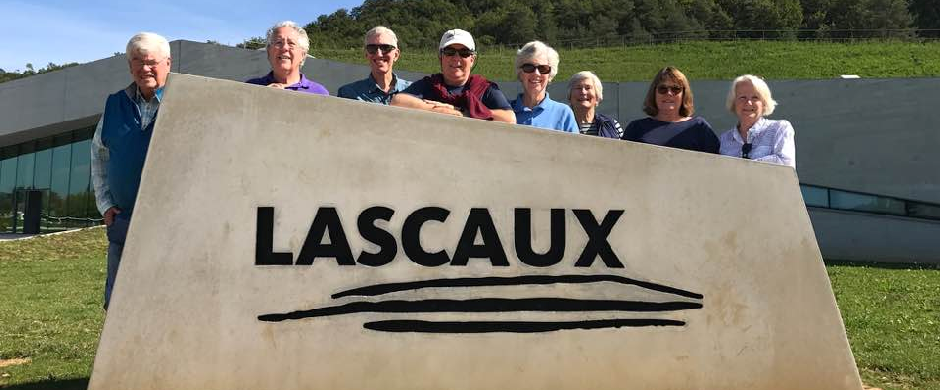
 Follow us
Follow us 